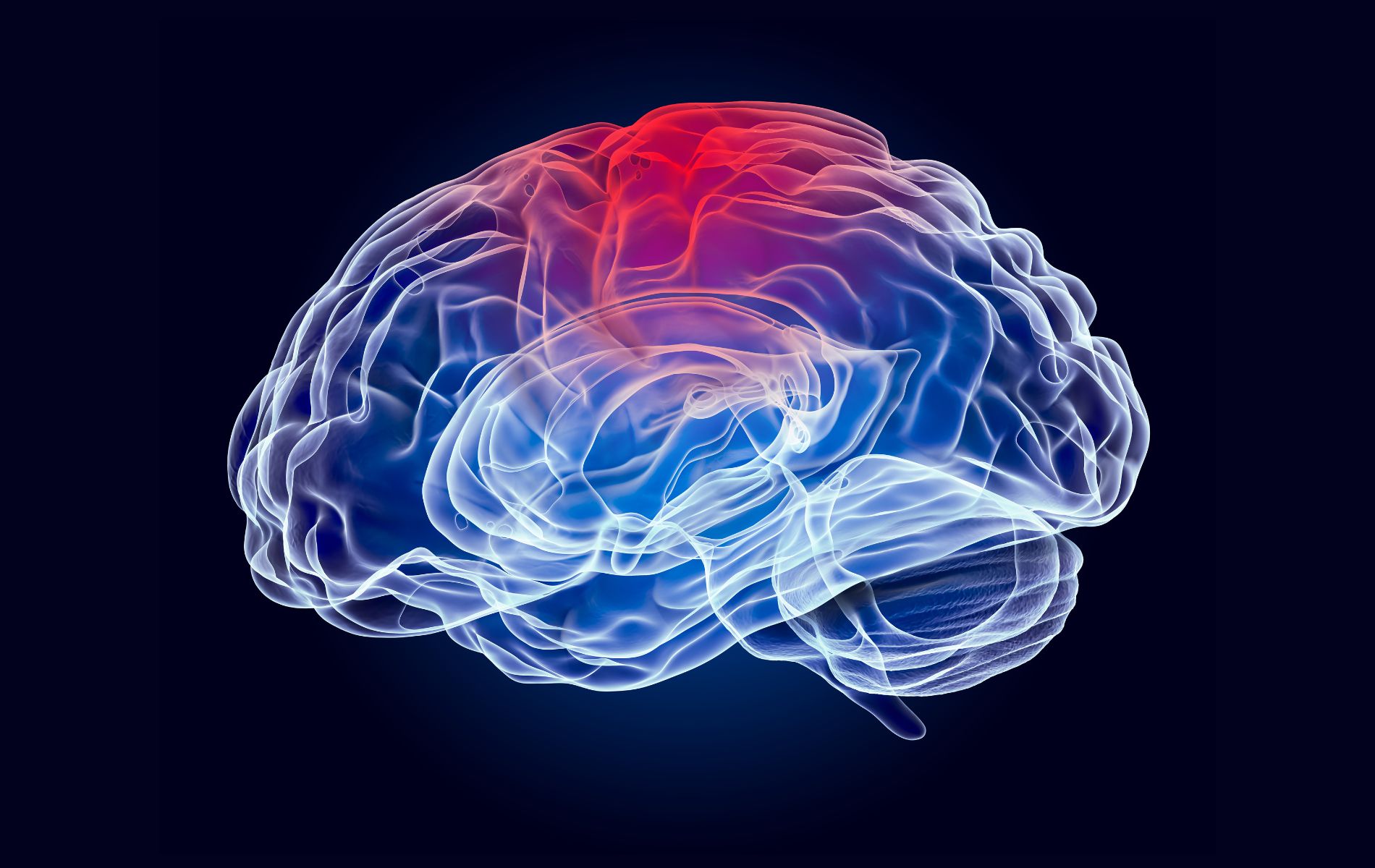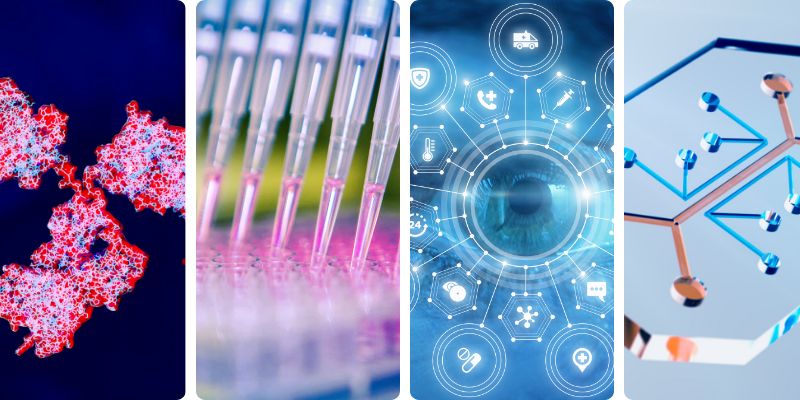
Charting the new frontiers of medicine, Owkin Expands Oncology Pipeline, Removing roadblocks to future Alzheimer’s therapies
News on non-animal methods
MAY 27 - 31, 2024NEWS, REPORTS & POSITION STATEMENTS
1. Standing the test of COVID-19 : charting the new frontiers of medicine
The COVID-19 pandemic accelerated research and innovation across numerous fields of medicine. It emphasized how disease concepts must reflect dynamic and heterogeneous interrelationships between physical characteristics, genetics, co-morbidities, environmental exposures, and socioeconomic determinants of health throughout life.
In a new lead article published in Frontiers in science, authors explore how scientists and other stakeholders must collaborate in novel, interdisciplinary ways at these new frontiers of medicine, focusing on communicable diseases, precision/personalized medicine, systems medicine, and data science.
TOOLS, PLATFORMS, CALLS
2. Shaping the future of the Virtual Human Twin in joining EDITH platform
EDITH is an European project which has the objective to develop a federated and cloud-based repository of digital twins (data, models, algorithms, and good practices) in healthcare. EDITH is sharing collaborative documents for the Roadmap writing. Valuing expertise, the EDITH team wants to ensure that each voice is heard and the Roadmap represents the perspectives and recommendations from the entire ecosystem.
All contributors to the final roadmap will be acknowledged. The topics that generate the most comments will be brought to the Community of Practice on Slack to facilitate a more interactive discussion.
3. From target-selective drug design to AI-enabled polypharmacology
Some AI-based target-driven drug discovery efforts focusing on known proteins have proven successful, supported by the existence of good quality data. For complex Central Nervous System (CNS) pathology, however, the target is either unknown or there is no unique target that can provide the necessary relief. PsychoGenics tackles CNS complexity head on, predicting efficacy for novel polypharmacological, unknown mechanism of action, or target-driven compounds, using a target-agnostic Al-enabled drug discovery platform.
The most effective drugs used in the clinic typically exhibit polypharmacology, modulating multiple targets simultaneously. PsychoGenics platforms can assist in several aspects of the drug discovery process, from compound screening to lead optimization to facilitate the discovery of novel polypharmacological treatments.
INDUSTRY, BIOTECH & PARTNERSHIPS
4. How Moderna is using Organ-Chips to improve their LNP research
Samantha Atkins, PhD, is a scientist in the Investigative Pathology division at Moderna. Her goal is to de-risk their lipid nanoparticle (LNP) candidates to make them safer before they progress into NHP (Non-Human Primates) studies. To increase the efficiency of her research program, Dr. Atkins has started using the Emulate human Liver-Chip to screen for LNP-mediated toxicity instead of relying solely on Non-Human Primates (NHPs).
In a simple cost analysis, Dr. Atkins found that she was able to screen 35 novel LNPs in the Liver-Chip during a course of experiments that took 18 months at a total cost of $325,000. If she were to screen the same number of LNPs using traditional NHP studies, it would have cost Moderna over $5,000,000 and taken over 60 months to complete.
Learn more by watching Dr. Atkins’ full presentation
5. Sartorius and NVIDIA to Develop AI Models for Stem Cell-Derived Organoids
Sartorius, a leader in life sciences and bioprocessing, is expanding its collaboration with NVIDIA to enhance the development of innovative therapies. Sartorius has utilized NVIDIA’s technology since 2020, incorporating it into its live-cell imaging platforms. This integration supports edge computing applications and enables AI-driven assays for laboratory use.
One key area of focus has been the development of predictive AI models for stem cell-derived organoids, which are poised to replace animal models in drug discovery and precision medicine. Additionally, Sartorius employs NVIDIA’s solutions for designing and simulating bioprocesses critical to manufacturing novel therapies.
6. Owkin Expands Oncology Pipeline with AI and EP2/EP4 Dual Inhibitor from Idorsia
Owkin, a pioneering TechBio company leveraging advanced causal AI (a technique that can make inferences using causality rather than just correlation) for precision drug discovery, has announced a significant expansion of its drug pipeline in oncology and immunology. This development follows a strategic global licensing agreement with Idorsia to develop and commercialize OKN4395, a promising dual inhibitor of prostanoid receptors EP2 and EP4.
7. Noetik raises $14 million seed financing to revolutionize cancer immunotherapy using AI
In less than 12 months of operations Noetik, an AI drug discovery company leveraging machine learning and proprietary human data, has generated hundreds of terabytes of human data across a data stack that includes genomics, transcriptomics, and proteomics to enable the development of foundation models for cell and tissue biology.The $14M funding will support Noetik’s significant internal data generation efforts and the continued development of transformer-based machine learning methods.
“Technology will have the greatest impact on therapeutics by enabling better prediction of clinical success of new oncology therapies. The biggest bottleneck is clinical failure, with an ever-growing discovery funnel. Using machine learning, Noetik can discover the circuit diagram of tumor biology to unlock the next generation of precision oncology for end-to-end therapeutics discovery,” said James Hardiman, General Partner, DCVC.
8. Parallel Bio serves up ‘clinical trial in a dish’ as animal model alternative
Immunology startup Parallel Bio has released a model of the human immune system that is said to capture the way immunotherapies affect the body more accurately than animals. The so-called “Clinical Trial in a Dish” can purportedly save drug companies up to $1 billion and more than six years of development time.
“It’s clear that the industry’s reliance on animal testing and traditional clinical trials is due for a reset. We believe human biology itself holds the answer to a future where drugs are discovered faster than ever before,” Juliana Hilliard, co-founder and chief scientific officer at Parallel.
SCIENTIFIC DISCOVERIES & PROTOCOLS
9. A cell fate decision map in the human developing neocortex
A team at Institut Curie has developed an imaging method to track the fate of stem cells as they develop into functional neurons. These findings were published in Nature Cell Biology on March 28, 2024, and provide a better understanding of the mechanisms underlying the neuronal diversity and expansion seen in the human cerebral cortex.
The remainder of this project will focus on the role of microenvironmental factors influencing cell destinies, to further unravel the drivers of this neuronal diversity. “And we also have collaborations in the pipeline : this technique can be used to study any cell line, from any organ. For example, we have a project with Geneviève Almouzni as part of the PEPR Cell-ID program, to study the aberrant cell fates involved in the development of pediatric tumors,” concludes Alexandre Baffet.
Read the publication in Nature Cell Biology
10. IM2PACT removes roadblocks to future Alzheimer’s therapies
More than 140 potential drugs for treating Alzheimer’s disease are currently in the drug development pipeline. The blood-brain barrier is formed by specialised cells that protect brain tissue from toxins and other potential contaminants that could pass to the brain via the bloodstream. Normally, that’s a good thing. But promising drugs for Alzheimer’s are also getting blocked by the blood-brain barrier, limiting their chances of success.
The IM2PACT project has developed a new method that allows endothelial and all the other brain cells to be extracted simultaneously at high yields. This new development now provides a more complete understanding of the blood-brain-barrier, which in turn has the potential to improve the performance of Alzheimer’s drugs that are currently in trials.
Read the peer-reviewed article in Nature Communications
UPCOMING WEBINARS, WORKSHOPS, SYMPOSIA
The 22nd International Congress of ESTIV 2024 — 3 – 6 June


